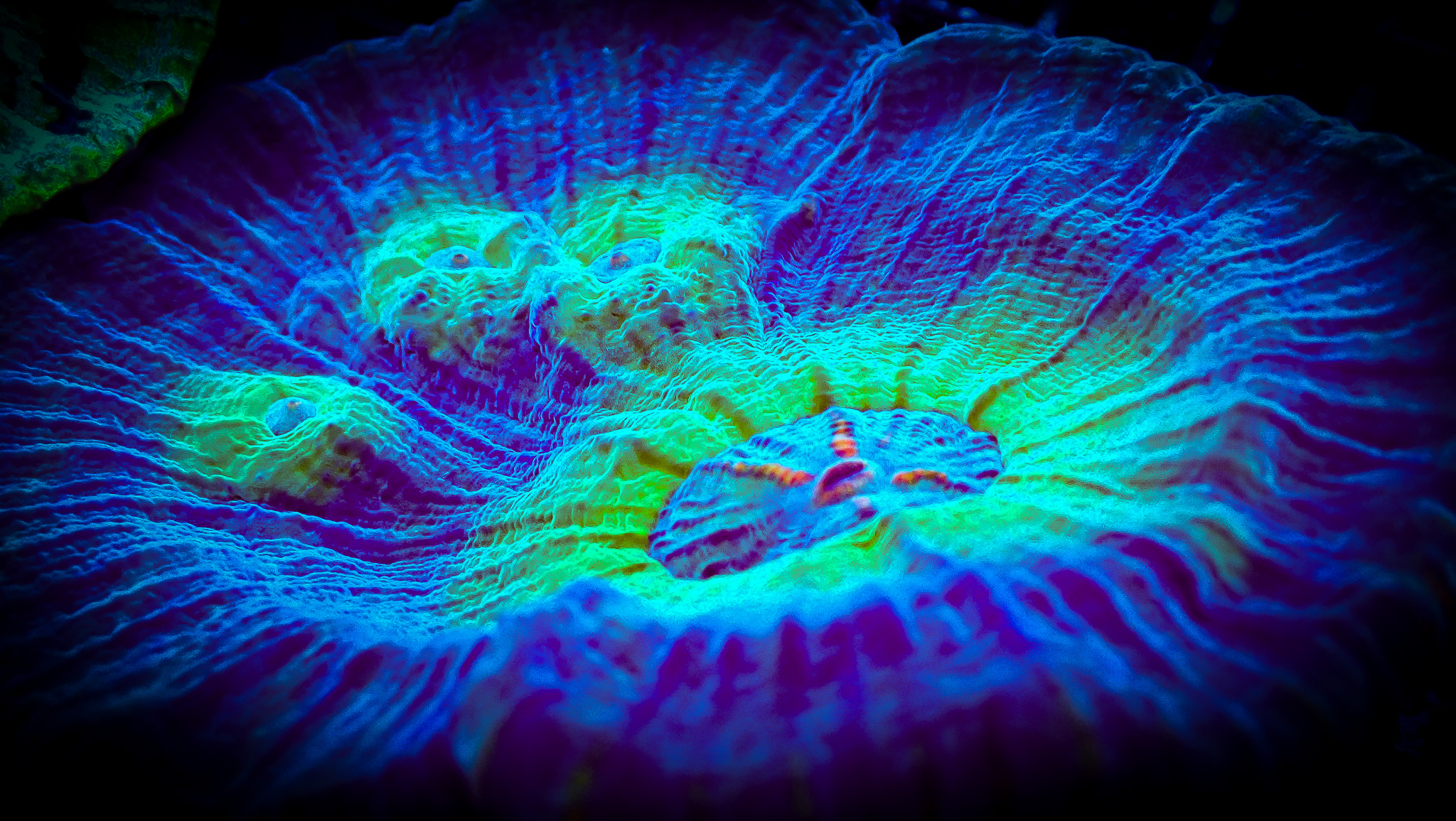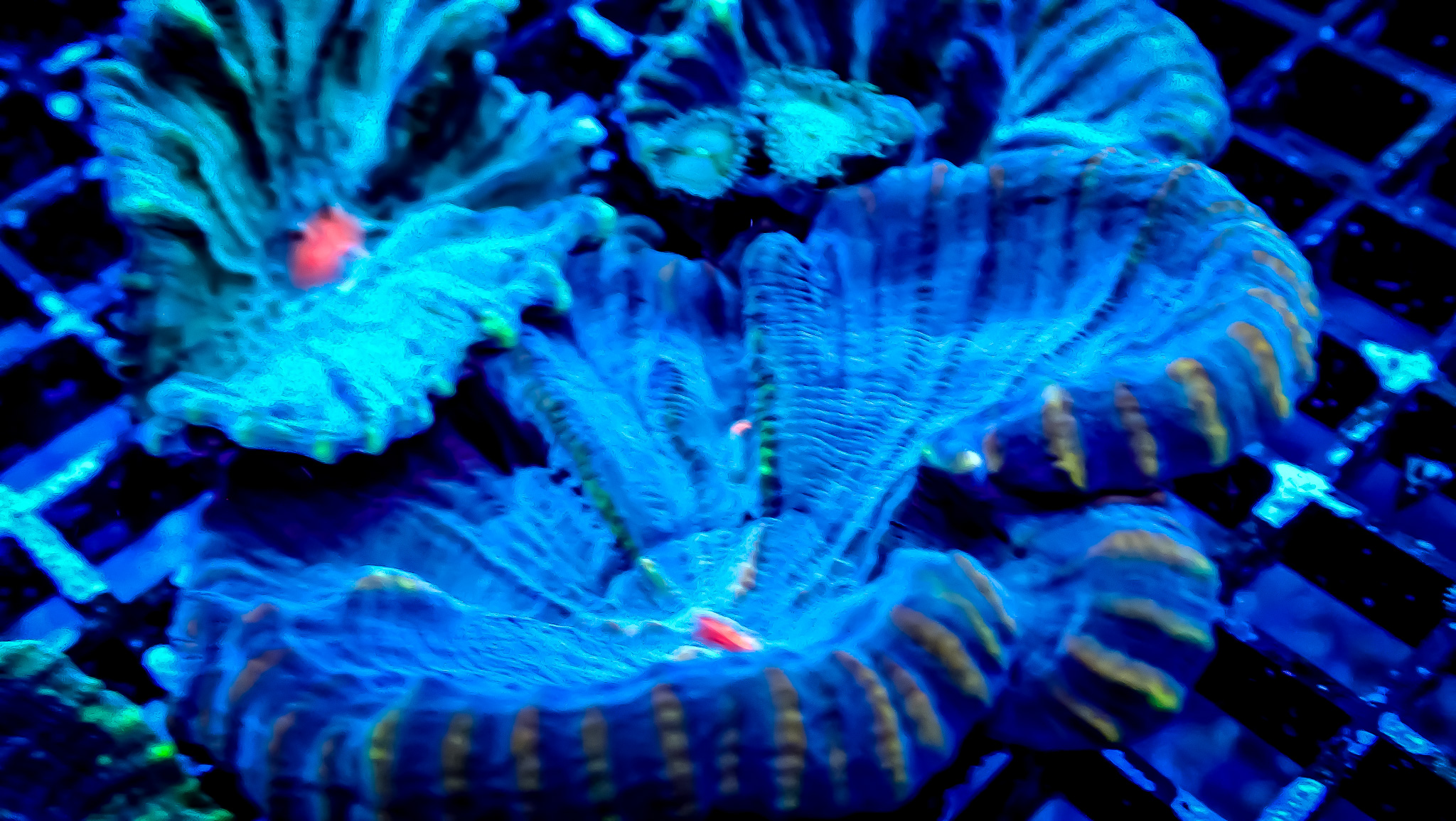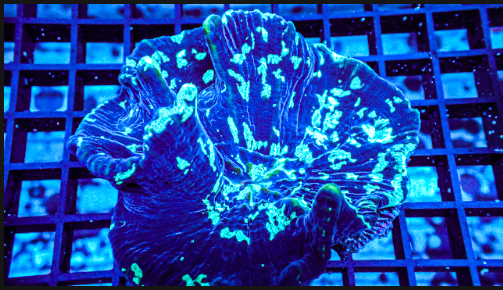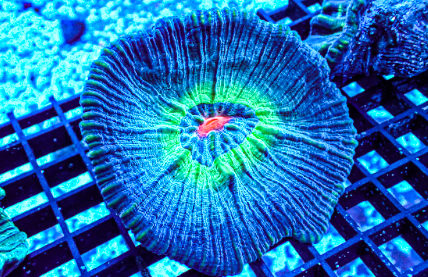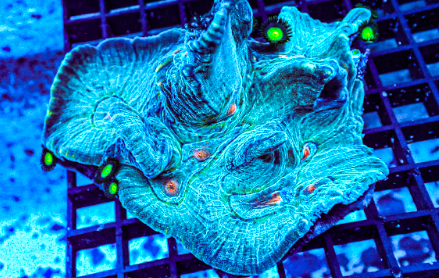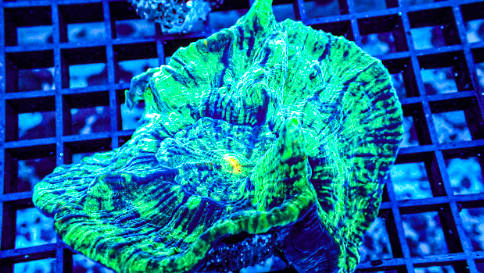Pectina Coral Sp

Pectinia corals come in a wide array of colors shapes and look, with some of the most desired varieties exhibiting a purple-blue base with green highlights and red, pink, orange, or yellow mouths.
These corals grow in a unique way,? forming little cups with spiny protrusions adding an extra layer of visual intrigue.? One particularly notable variant within the Pectinia genus are our Dino Pectinia.? Named by the late Jake Adams, this variety is reminiscent of the triceratops dinosaur due to its striking shape. The Australian Pectinia often features toxic splatters of blue and green and colored mouths, further distinguishing it from the more common Indo varieties.? ? We occasionally get the indo variety featuring a tiny blue speckle, with the pillars.
Whether you’re a seasoned aquarist or just starting out, Pectinia corals are sure to bring a unique charm to your underwater world.
This characteristic growth pattern contributes to their otherworldly appearance and makes them a standout addition to any coral collection.
Basic Water Parameters
pH
8.0 to 8.3
Salinity
34 - 36ppt
Temperature
24.0 - 26.0 Celsius
Husbandry Requirements
Lighiting
They prefer low lighting conditions
Flow
Low to Moderate
Aggressiveness
Acclimation Guide
- It is highly recommended to acclimate all corals to a new environment to prevent shocking corals.
- Place the corals in the water from the packing bags and slowly add the water from new environment (Dripping method is recommended).
- Use the water parameter above as a guide.
- When the vessel becomes full , replace the water with the new environment water by a small amount at a time.
- Ensure the water temperature matches with the new environment’s water.
- After the corals have spent adequate time in the acclimation water, gently place the corals to a new environment.
- It is recommended to place new corals under lower light intensity than usually required. Once corals show no signs of stress, it can be moved to higher lighting area gradually.”

